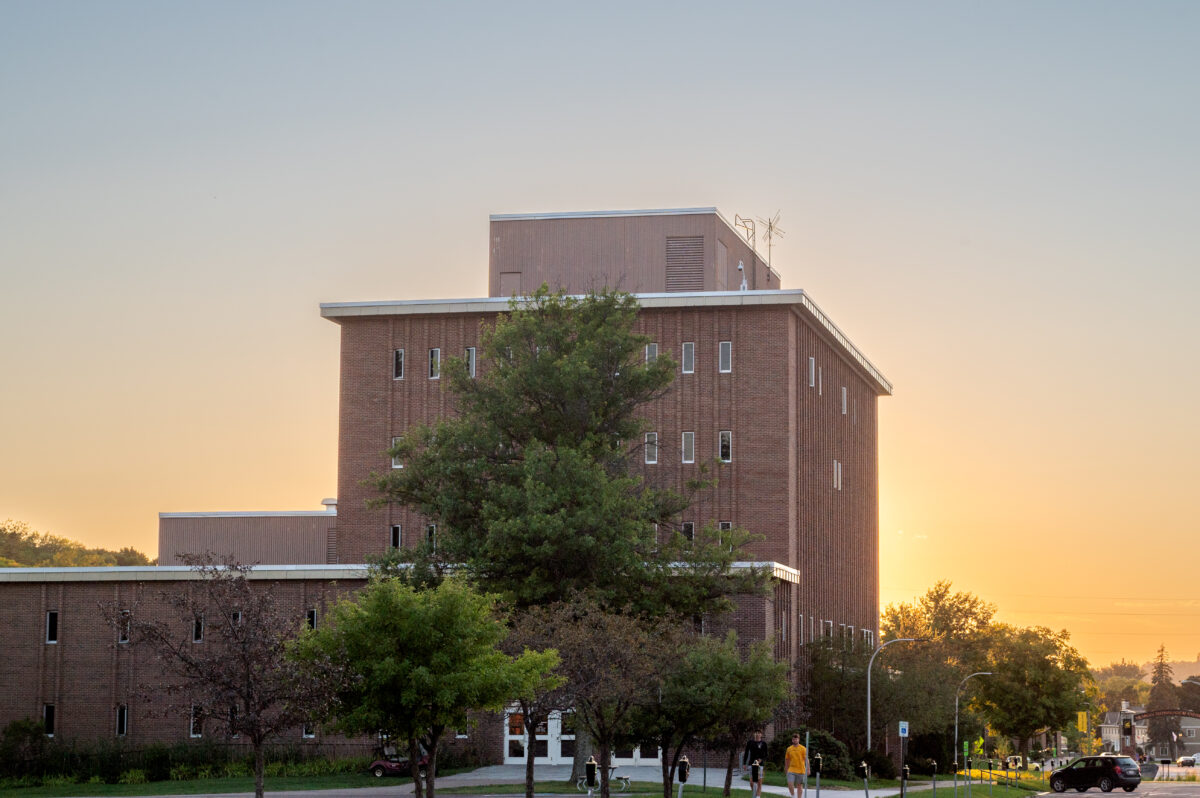Renovation bonds are coming to an end in 2025
What would you do with nine million dollars? The Michigan Tech Board of Trustees is asking themselves the same question. With such a large sum of money and a limited time to spend it, what will the school decide?
Over the past years, the school has made major campus renovations. These renovations are possible through issuing bonds, which are limited in terms of what they can be spent on, and there is a set date for when the funds have to be spent. Currently, the school has nine million dollars that need to be spent on large-scale classroom remodeling projects by the end of this fiscal year.
There are a few classrooms currently being considered for remodeling. The most likely candidates are the larger classrooms on the first floor of the M&M. Many parties have been considered in preparation for these renovations, including but not limited to the Board of Trustees, the Center for Teaching and Learning, the Registrar’s office, and faculty.
The school tries its best to schedule these remodelings during the summer; however, with looming deadlines, some renovations may have to take place during the school year. With the construction of the H-Stem building, classrooms in the Chem Sci were affected by loud machinery, unregulated temperatures, and electrical equipment issues, which raises concern for remodeling during the school year. Classes affected by these renovations will be moved to other instructional spaces. How this will work for larger classes has yet to be made clear, though Michigan Tech’s Provost Andrew Storer, said, “We work diligently to minimize disruption caused by such upgrades.”
If the bonds are not spent before their expenditure date, which is at the end of 2025, they may have to be reassigned to other projects or refunded to the issuers. Because of the nature of these bonds, they will most likely be reassigned to new projects. However, in most cases, this would result in IRS penalties, the most likely being tax penalties or a change in the tax status of the bonds.
Overall the students, staff, and faculty can look forward to improvements in their educational spaces as, in the words of Storer, “High quality instructional spaces are critical to student success, and is important that the university make the investments to support our current and future students.”





